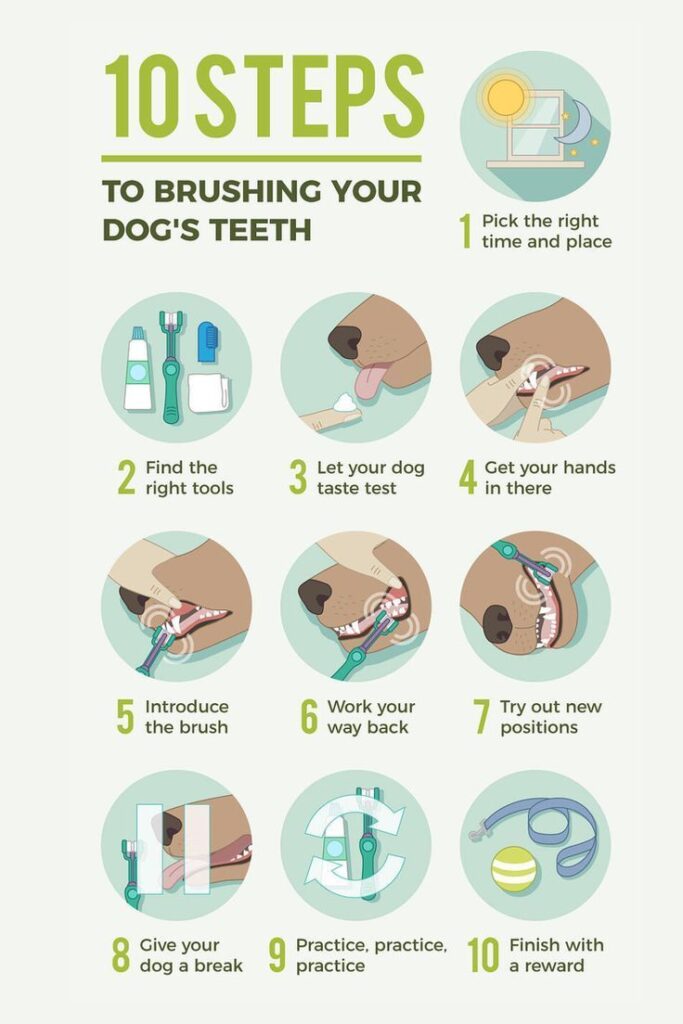Pet Dental Health Month: Don’t Wait Until It’s Too Late!

By Kathleen Silver
Giving your pet dental treats is a great way to remove some gunk from their teeth. But it’s not as effective as creating a home brushing routine AND scheduling regular professional dental cleanings. Even with dental treats, bacteria attach to our pet’s teeth over time. In fact, most pets by the age of 2 years have some periodontal disease, which affects the gums and roots of the pet’s teeth.
The hard truth is that dental disease causes significant problems in pets. When even a few years of tartar, plaque, and bacteria have built up and caused inflammation and diseased roots and gums, your pet may already be experiencing chronic life-changing pain. And no responsible pet owner should wait until they see that their pet is in obvious distress or showing drastic behavioral changes before scheduling a dental cleaning.
Don’t Replace a Dental Cleaning with Products
Do you think you can avoid dental cleanings by using products that claim to clean a pet’s teeth? There are great products on the market that improve the smell of breath and help prevent plaque and tartar build-up. But these products do not claim to be a substitute for annual professional cleanings.
Professional dental cleanings range from $250 – $1000 per animal when performed by a general vet practitioner; higher with a board-certified veterinary dentist. Unfortunately, most pet insurance policies do not cover the cost of cleanings. And, they will not cover the cost of dental disease if a pet has not had regular cleanings, as this would be considered a pre-existing condition. So, as pet owners, we must consider dental care a personal routine and a cost associated with pet ownership.

Make Brushing a Routine
Make brushing your pet’s teeth an experience where you bond with your animal. For example, brushing routines work great after a walk or nap when your pet is most relaxed. And being patient is essential when teaching your pet new behavior patterns. It might not work on the first, second, or third try, but it’s necessary to keep at it and make it as enjoyable as possible for your pet. It could be a few weeks until your pet settles into the routine ultimately, so keep at it!
Have you heard the term “baby steps” regarding training a pet? It’s no different for home dental cleaning. First, start teaching your pet by setting out the toothbrush and letting your pet taste toothpaste. Doing this lets your pet become familiar with the implements and not fear foreign objects. Then, start teaching your pet to be used to you touching their mouth. Do this when the pet is relaxed. Next, rub your pet’s teeth with your finger. Gradually, switch to putting toothpaste on your finger and then to putting the toothpaste on the toothbrush.
The outside of your pet’s teeth (the side facing the cheek) is the only area to be concerned with brushing. You may not be able to do the whole mouth each time, but each brush stroke is a victory. And, use toothpaste for pets, not human toothpaste, as it has ingredients like detergents and fluoride that are not good for your pet’s overall well-being.

Save for Your Pet’s Future
It is not cheap to have a pet’s teeth cleaned. But it is necessary to be the best pet owner. Think of the cost now as an investment in the future to avoid higher veterinary costs later on. In addition, cleanings can identify other issues, such as broken teeth, misalignment of teeth, tumors or cysts, and abscesses.
Do you have a rainy day, college fund, or vacation account? Consider keeping a separate (never touch) “Furever Friend” savings account. These days, some local credit unions and banks offer higher-interest savings accounts (with some restrictions and fees, so read the fine print) just for pet savings. Setting aside funds for your pet will help ensure they get the care they need to live a long healthy life.
